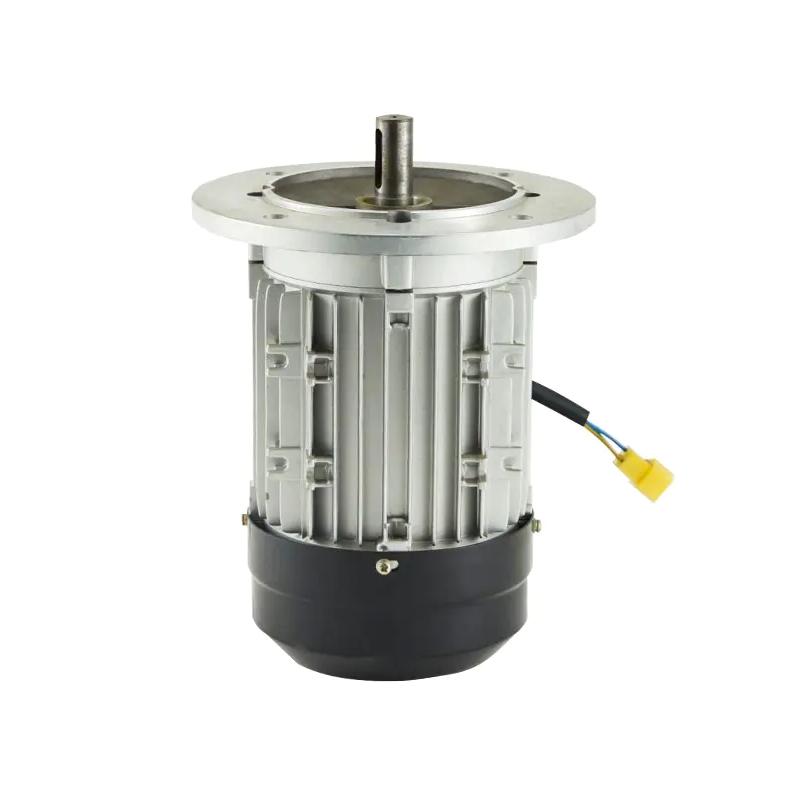When selecting a motor for cleaning equipment, understanding the differences between conventional Cleaning Machine Motors and Permanent Magnet Motors is important.
Cleaning machine motors often refer to motors designed specifically for cleaning devices, which might include induction motors or brush motors. These motors prioritize durability and the ability to handle harsh environments. They usually operate at fixed speeds but can offer reliable performance under continuous use.
Permanent magnet motors use magnets in the rotor to create a magnetic field and often provide improved efficiency and torque characteristics. They can offer more precise control over speed and torque, which is useful in applications requiring variable cleaning intensity or delicate handling.
In terms of maintenance, permanent magnet motors generally have fewer mechanical components prone to wear, such as brushes, which can simplify upkeep. Conversely, some cleaning machine motors with brushes might require periodic servicing but can be simpler in initial design and cost.
Energy consumption is often lower in permanent magnet motors due to their construction, potentially leading to operational savings over time. However, the upfront cost may be higher depending on the motor size and technology.
Both motor types have applications in cleaning machines, and the choice depends on factors such as the cleaning task, environment, budget, and required control features. Understanding these aspects helps users select the motor that aligns best with their operational needs.
